Just like any other plant, not all hemp is grown equal. When you’re at the local farmer’s market checking out flowers, you can always tell that the plants have been well-tended to, responsibly grown, and treated without pesticides. But understanding how to apply that same kind of knowledge to a hemp plant is likely something you haven’t thought about before. For farmers looking to grow healthy cannabis plants for CBD oil and for those looking to add high-quality CBD oil to their routines, quality hemp varietals will make all the difference. In this post, we’ll dive into what qualities make one hemp plant the superior choice over another.
What Makes for a Healthy Hemp Plant
TopGrows.com lists three main factors that will contribute to a healthy hemp plant. These include:
- Quality and type of soil. Put simply, pH levels in the soil matter just as they would for growing grapes for wine: “the hemp plant prefers a pH level of 6 or greater. Usually, a 7 – 7.5 is the preferred pH level to create a healthy hemp plant.”
- The location and altitude. Hemp that is grown in altitudes of 650-800 feet typically hit the sweet spot in terms of healthy plants that are rich in CBD.
- Well-monitored weather conditions. Growing hemp in temperate climates like those found in California and Colorado will help avoid extreme weather conditions like floods or freezing winters.
Growing Hemp for CBD
There is a fundamental difference in scale when it comes to growing hemp specifically for CBD extraction purposes. Hemp plants that are grown for the traditional market with uses like textiles grow at a much larger capacity – according to Agriculture.com, this type of crop “has a planting rate of 400,000 per acre (roughly 100 plants/square meter), and is drilled in like wheat. It grows tall, and you harvest the tops for seed production and then use the stalk for a number of industrial purposes.”
On the other hand, CBD plants need to be much more carefully monitored and maintained at about 1,000-1,600 plants per acre – all without the use of any herbicides or pesticides that can be damaging for people’s health. This is also due to the strict regulations around THC content for hemp plants used for CBD: all plants need to meet the requirement of under 3% THC concentration, or they can’t be used to extract oil.
How is CBD Oil Extracted from Hemp?
Even with the healthiest, most CBD-rich varietals, proper extraction methods will make or break the quality of the CBD oil achieved from the hemp plant. By far, the most healthy and natural process uses Co2 extraction. By using carbon dioxide at extremely high pressure and lowering the temperature to the lowest levels possible, this method created CBD isolate while preserving the purity and all of its health benefits. As explained by ProjectCBD, “ this process requires expensive equipment and a steep operational learning curve. But, when done well the end product is safe, potent, and free of chlorophyll.”
USA Grown Hemp
Because of the strict regulations of the 2018 Farm Bill, hemp that is grown in the United States is subject to a series of ongoing checks to make sure the product meets industry expectations and standards. While this may seem stressful and like an additional hoop to jump through, this amount of regulation is to the consumer’s benefit, as it guarantees that the product being sold will be third-party lab tested and safe to use.
All Tree of Life Seeds products are US-grown, and abide by the following farming standards of excellence to guarantee a product that’s effective and safe for you to use:
- Cruelty-free
- Artificial dye-free
- Paraben-free
- Mineral oil-free
- Phthalate-free

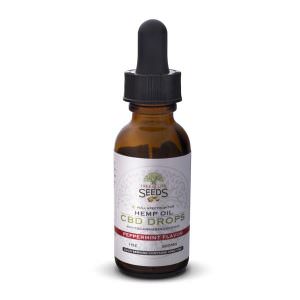
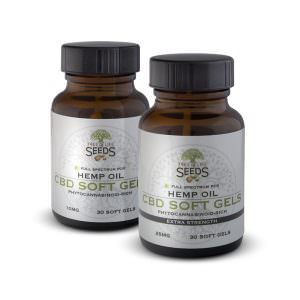
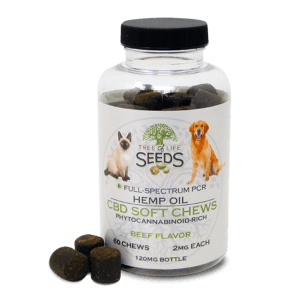
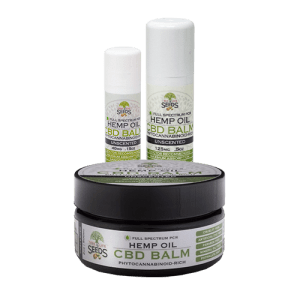

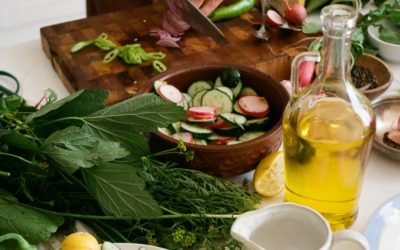
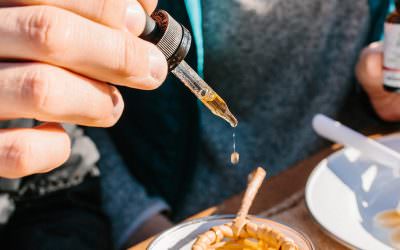
0 Comments